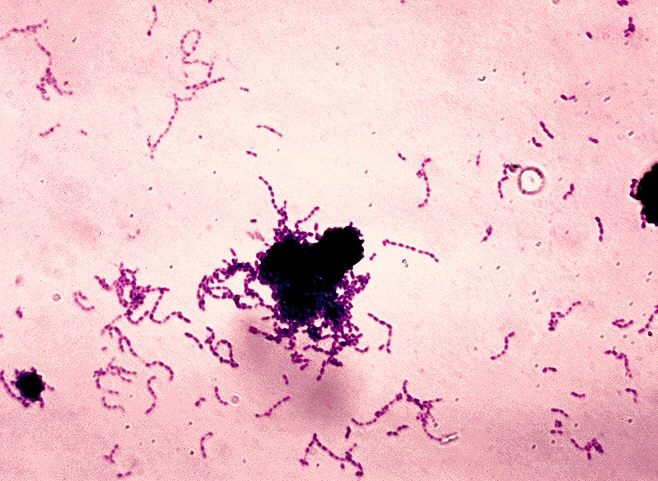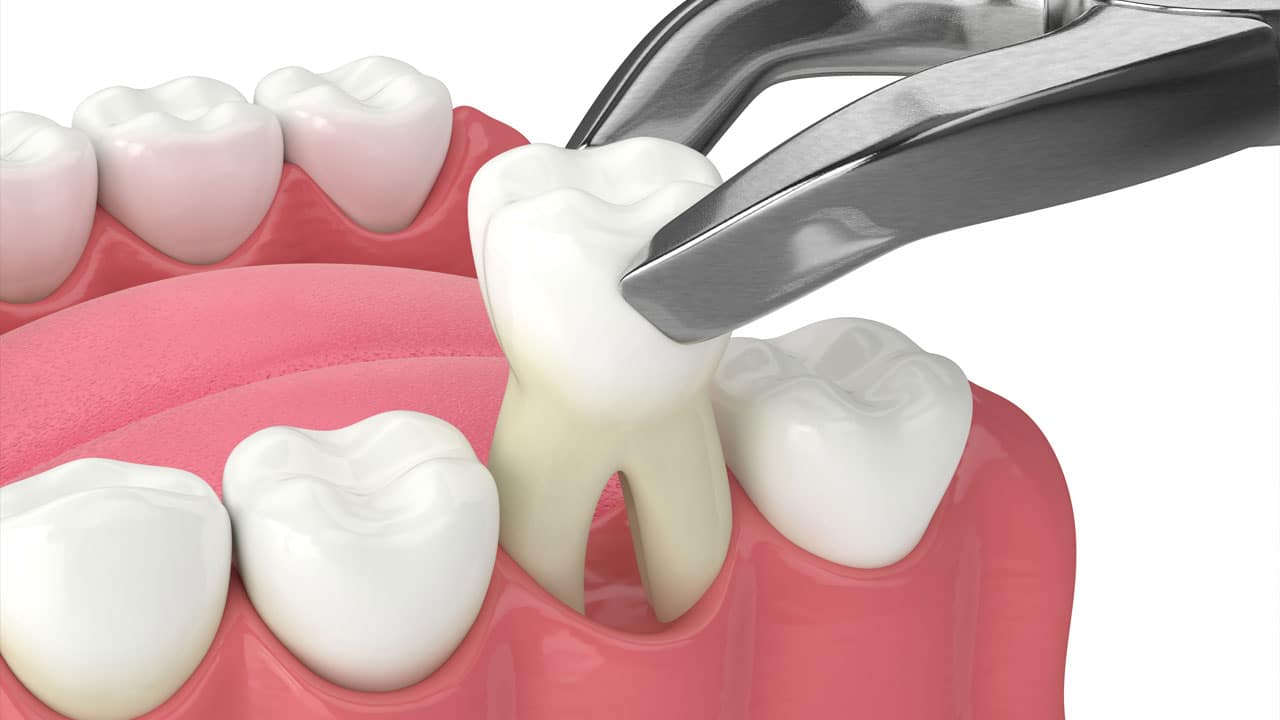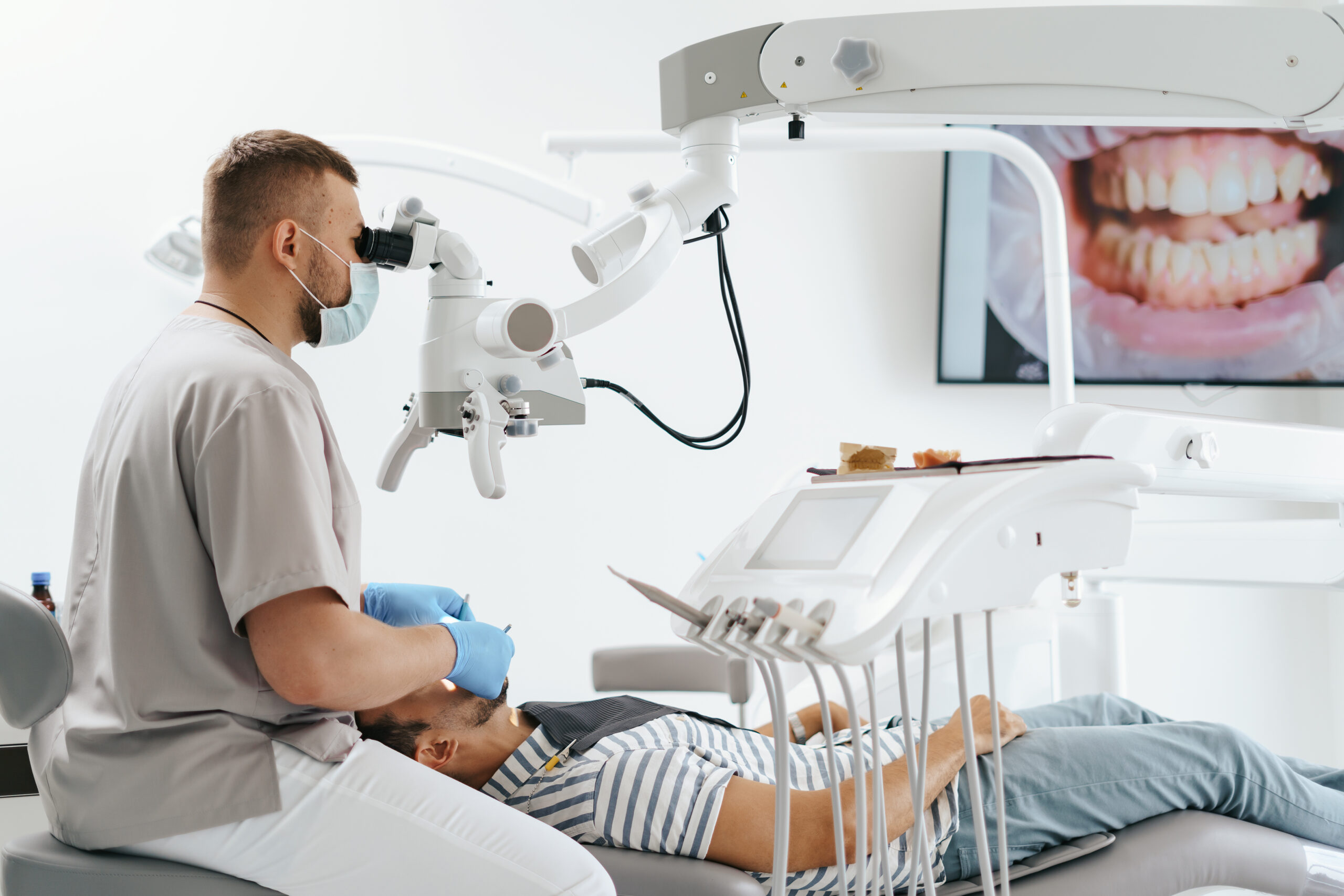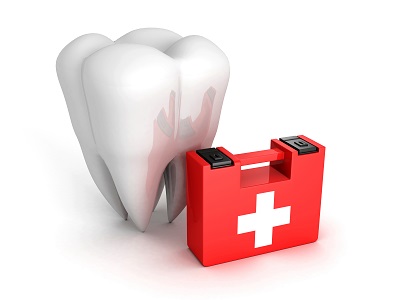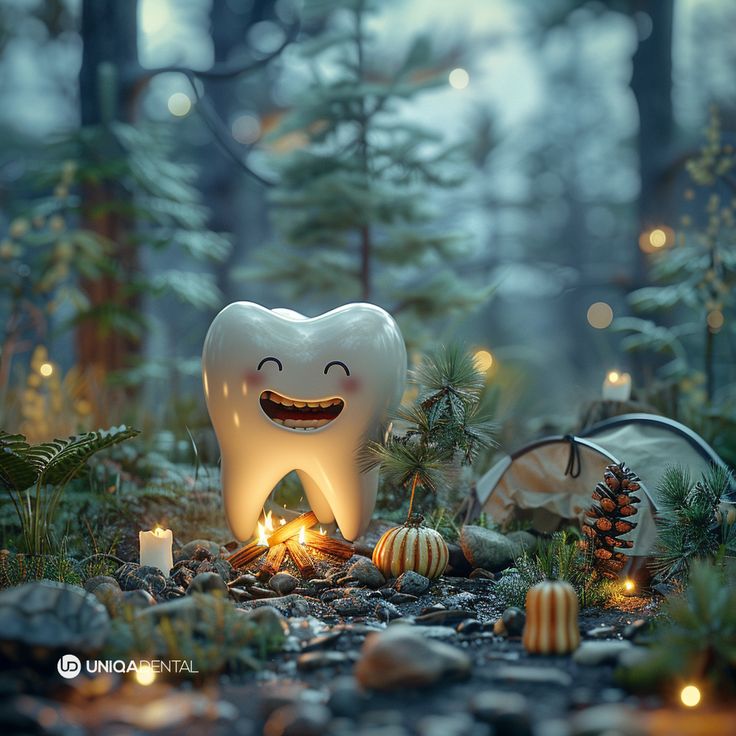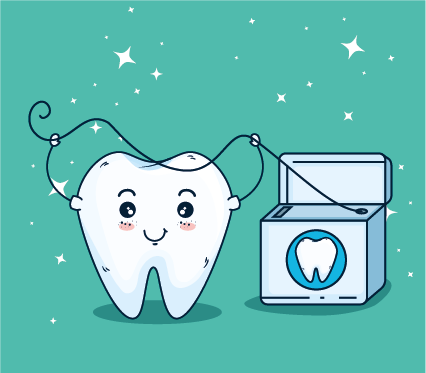Did you know that living microbiomes inhabit our bodies?
A microbiome is a collection of many organisms so small that we can't see them with the naked eye; They're called microorganisms, and you've probably heard of them before. They're important for digestion, protect us from germs, and help make the nutrients our bodies need to survive!
The oral cavity can have up to 700 organisms in its microbiome. Some of them are good - they protect us from infection and help break down nutrients. The rest are harmful and can lead to tooth decay, gum disease and other infections. The good bacteria in the mouth also help us fight off bad bacteria.
Every time you forget to brush your teeth daily, the bad bacteria outnumber the good and can start to damage your teeth; Gum infection. They stick together and form a sticky surface on the teeth called biofilm, or dental plaque.
Consider some of the most harmful organisms that live in the mouth:
Streptococcus mutans
There are many bacteria that can cause tooth decay, but one of the most famous is Streptococcus mutans. (abbreviated as S. Mutans.)
It likes to hide in the tiny cracks and crevices of teeth and destroy the enamel (the hard, outer layer that protects your teeth.) Once they get through the enamel, the infection can spread quickly. and penetrate to the root. If you do not consult a dentist immediately, it may not be possible to save the tooth.
It is easy to prevent infection by brushing your teeth twice a day for two minutes!
Aggregatibacter actinomycetemcomitans
The name of this bacterium is quite difficult to read and pronounce, so we will refer to it as "it" in this article. It is known to be a very aggressive invader and cause periodontitis in children. It can also cause bone loss under the gums!
What is periodontitis?
Periodontitis (pare-ee-o-don-tie-tis) is gum disease, or an infection of the pink, soft tissue that covers our teeth. If you don't keep your gums healthy, they can no longer function over time. The infection that caused the loss of the tooth can also infect the larger tooth that needs to take its place. If you notice bleeding gums when brushing or flossing, this is an early sign of gum disease. You can still stop the infection before it's too late!
How do you kill bacteria that are bad for your gums? Be sure to brush and floss every day along with brushing. Flossing removes the biofilm that hides between the teeth and below the gum line.
What is halitosis?
Have you ever noticed that when food that is ready to be thrown away sits in the trash can for a few days before it is filled and taken out, it has a rather unpleasant smell. This is because microscopic organisms (bacteria and fungi) eat them. This process creates an unpleasant smell. A similar thing happens when tiny bits of food remain in the mouth for a long time. Someone might even remark, “Ow! You smell bad!” Bad breath can have many causes - but there are two that can be addressed with good oral hygiene:
The first is the presence of gum disease. We have already discussed prevention by maintaining daily hygiene to prevent biofilm from forming on our teeth and below the gum line.
The tongue and cheeks can be the second cause of unpleasant smell. Because the tongue is a fissured structure, it creates plenty of room for food and bacteria to hide, which prepares the soil for odor production. When you brush daily, take a little extra time to brush your tongue to remove as much food debris as possible, and try using mouthwashes.
If you're following good oral hygiene habits but still have bad breath, you should visit your dentist to make sure you don't have another medical condition that's causing your bad breath.
Contact us to book a visit


